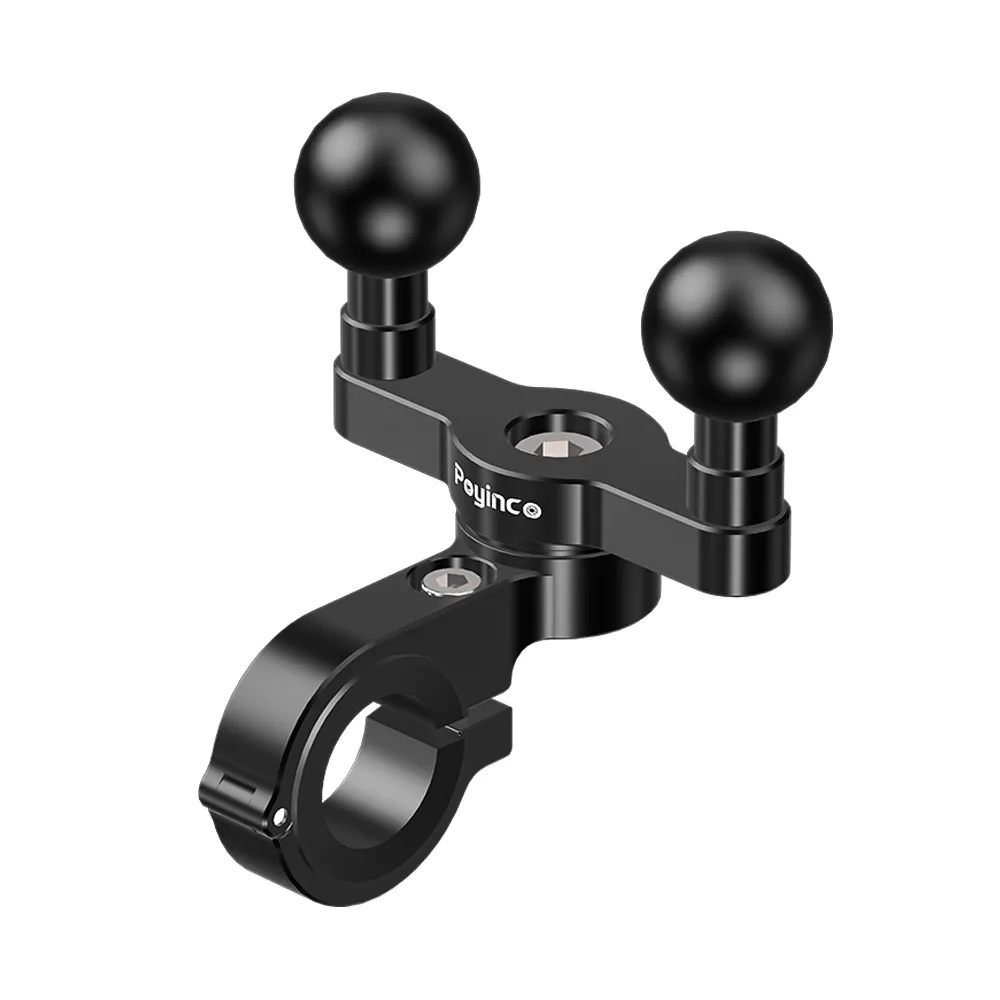

Time:2025-04-10 Views:1

With the increasing popularity of action cameras among motorcycle enthusiasts, the question of whether motorcycle camera tripods are electrically conductive has become an important one. Understanding the electrical conductivity of these tripods is crucial, as it can have implications for both the safety of the rider and the performance of the camera.
Motorcycle camera tripods are often made of various materials, including metal, plastic, and composite materials. Metal tripods, such as those made of aluminum or steel, are generally electrically conductive. This is because metals are good conductors of electricity due to the presence of free electrons that can move easily through the material. In contrast, plastic and composite tripods are typically non - conductive, as they do not have a significant number of free electrons.
The electrical conductivity of motorcycle camera tripods can have several implications. One of the main concerns is safety. In the event of an electrical short or a lightning strike, a conductive tripod could potentially conduct electricity to the rider, posing a serious safety risk. For this reason, many riders prefer to use non - conductive camera tripods to minimize this risk.
Another aspect to consider is the performance of the camera. In some cases, electrical interference from a conductive tripod can affect the quality of the camera's recordings. For example, if the tripod is in close proximity to the camera's electrical components, it could cause electromagnetic interference, resulting in distorted images or poor audio quality.
However, there are also situations where the electrical conductivity of a motorcycle camera tripod can be advantageous. For example, in some advanced camera systems, the tripod may be used to provide a grounding connection, which can help to reduce electrical noise and improve the overall performance of the camera.
Testing the electrical conductivity of motorcycle camera tripods is relatively straightforward. Manufacturers can use specialized equipment, such as conductivity meters, to measure the electrical conductivity of the tripod materials. In addition, riders can perform simple tests at home using a multimeter to determine whether their tripod is conductive or not.
In conclusion, the electrical conductivity of motorcycle camera tripods is an important factor to consider when choosing a tripod for motorcycle photography. By understanding the properties of different tripod materials and the potential implications of electrical conductivity, riders can make an informed decision and ensure both their safety and the quality of their camera recordings.
Read recommendations:
tripod quick release plate adapter